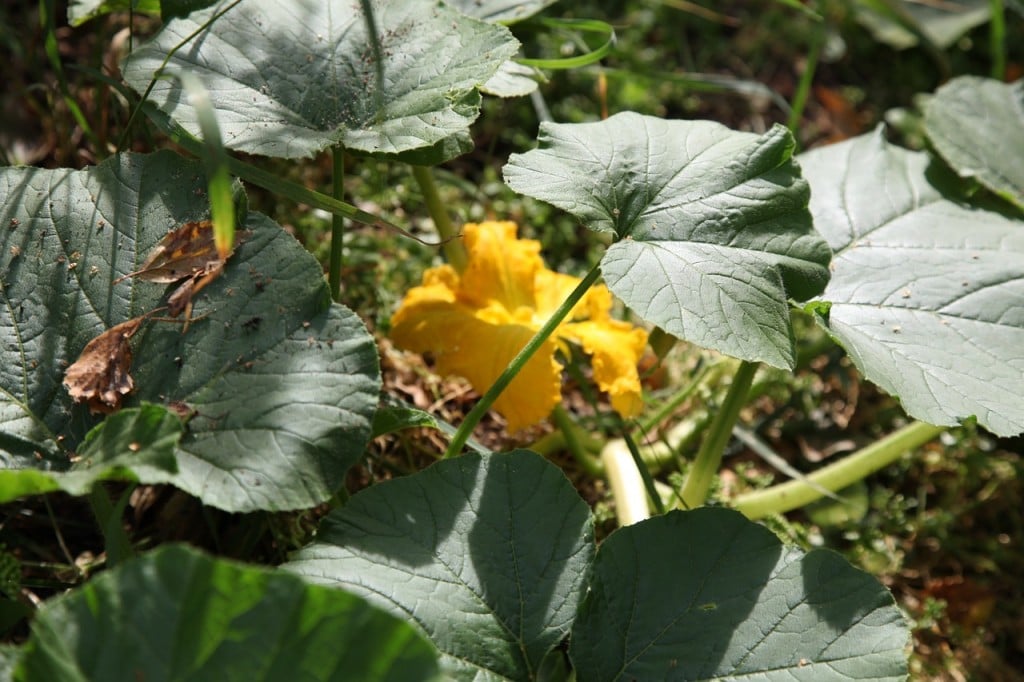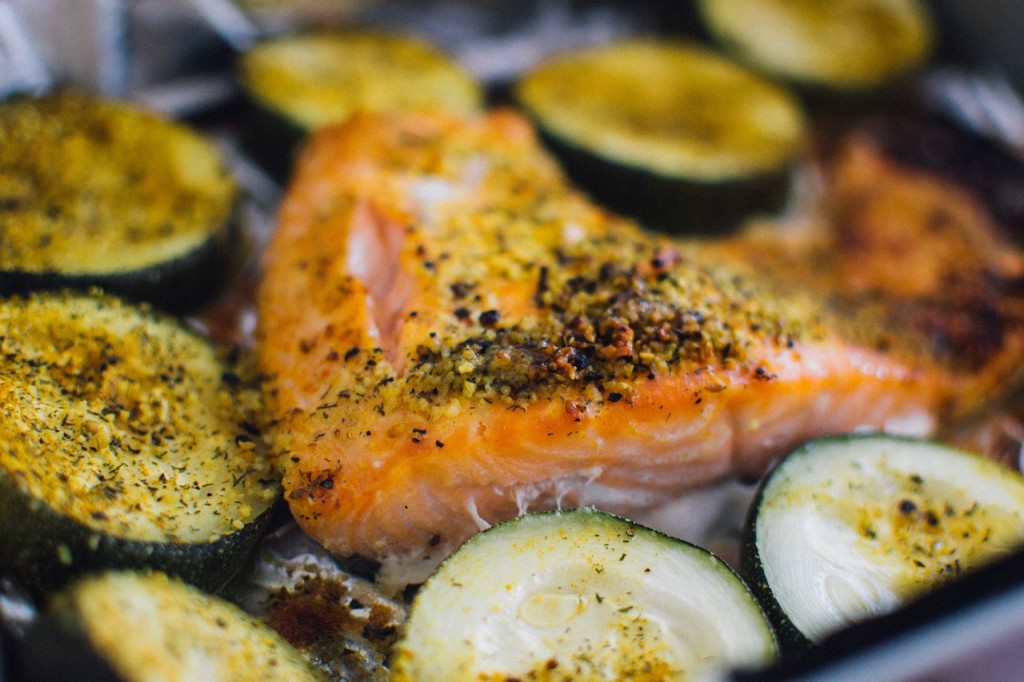
Quick and easy to grow, cougettes have a reputation for producing prolific pickings. Follow our back to basics guide for your best ever results.
While their pumped-up cousin the marrow is a familiar staple, courgettes are a relative newcomer to the UK veg scene.
Perhaps it’s thanks to all those Mediterranean holidays and the fact that courgettes are easy to grow, prepare and cook that has made them as popular as they are today.
Growing in any well-drained soil in a sunny site, courgettes are also an ideal candidate for growing in pots and small beds – there is even a ‘climbing’ one that can be grown up a small obelisk or trellis (see varieties).
Propagation
Since plants are tender and fast growing, seed sowing needs to be timed so that plants are established and hardened off ready for planting after the last frosts.
Sowing to planting takes about six weeks, so time your first batch to coincide with the date of the expected last frost in your area.
The large seeds are easy to handle and should be sown singly into 7.5cm (3in) pots or large cells filled with fresh, well-drained seed compost.
Sow 1cm (1?2in) deep. Advice is often given to sow these and other squash seeds on their sides to help drain water from the developing seedling, but this is of no great benefit.
Cover, label and water well before placing your seeds in a heated propagator to provide a minimum of 20-25C (68-77F). Cover with a propagator lid to maintain humidity and your seeds should germinate rapidly – often within five to seven days.

Seedlings develop quickly and the cover should be removed as soon as the seedlings emerge to prevent stretching.
Once the seed leaves have opened and the first true leaf starts to develop, the young plants can be moved to the greenhouse bench or a sunny windowsill to grow on.
Give them as much light as possible to prevent stretching and reduce the temperature slowly to acclimatise them– down to about 10-13C (50-55C).
It is also possible to sow your courgettes direct outside in the open soil; however, this is best not attempted until the middle to end of May in most areas.
Prepare the soil well and sow two or three seeds at each station on a mound as for planting. Cover with a bell cloche or jam jar to keep the seedlings as warm as possible and be prepared to add a few layers of fleece at night if a cold snap is predicted.
Growing on
Plants establish quickly and the roots will soon start to fill the container. Once they do and if the temperature outside is still too cold to allow planting to safely go ahead, feed with a liquid fertiliser at weekly intervals using a half strength mixture.
A balanced or high potash feed is best to keep plants stocky and to harden them up prior to moving outside.
If they become a little pale, the leaves can be sprayed with the same mixture as a foliar feed providing they are not in direct sunshine.
Maintain watering to prevent plants from wilting and ventilate the greenhouse on warm days.
Once the weather warms sufficiently, plants can be moved outside or into a cold frame during the day to harden them off, bringing them in at night or closing the frame to avoid chilling.
Soil preparation and planting
Like other squashes, courgettes require a well-drained soil and a sunny, sheltered site to thrive.
Dig in plenty of well-rotted organic matter in the autumn and add some more to the planting hole.
Also in common with cucumbers and squashes, courgettes are rather prone to root and stem rots and planting on a mound can help prevent this.
Add more organic matter to the area where you intend to plant and dig it in. Rake up the soil a little to produce a low mound; your courgette can be planted into the top of this so that water naturally drains away from the stem.
Take care not to plant too deeply – the crown of the plant should be proud of the soil, again to prevent rotting.
After planting scatter 28-56g (1-2oz) per sq m/yd of Growmore or pelleted chicken manure over the soil, keeping it away from the stem itself, and rake in gently with a rake or your fingers.
If the weather is still a little chilly after planting, cover the plants with fleece or a bell cloche until they establish.

Varieties
Courgettes come in various shades from white to green or yellow and can be smooth, ridged or round.
Some have a slightly more open habit allowing you to better avoid the spines which can make life a little uncomfortable when harvesting.
Round types:
- ‘Tondo Di Piacenza’: Described as being ideal for stuffing and baking
- ‘Di Nice A Fruit Rond’: Pale green stripped fruit.
- ‘Floridor F1’: Round yellow fruit produced in large numbers.
- ‘One Ball F1‘: Attractive round courgettes with a yellow skin and creamy flesh.
- ‘Eight Ball‘: Glossy green round fruit. Heavy cropping. Widely available.
Long types:
- ‘Black Forest F1’: Described as a climbing courgette, but can be tied up a trellis or obelisk or allowed to trail. Dark green shiny fruit.
- ‘Black Hawk F1‘: Similar to the above, a ‘climbing‘ type ideal for a pot or container on the patio.
- ‘Parthenon F1’: A parthenocarpic variety, meaning that it does not require pollination to set fruit – ideal in a cool, wet summer. Glossy green fruit.
- ‘Cavili F1’: As above but with pale green fruit.
- ‘Pasqualine F1’: Long, stripped fruit on mildew and virus resistant plants.
- ‘Lungo of Firenze (‘Long of Florence’): A ribbed type producing delicious long courgettes. Recommended.
- ‘Lungo Bianca of Sicily’ (Long white of Sicily’): Near white fruit
‘Goldrush’: a popular yellow fruited type - ‘Defender F1’: Open habit helps avoid scratching. Glossy green uniform fruit.
- ‘Romanesco Latino F1‘: Distinctive ribbed fruit with great flavour.
- ‘Zucchini‘: Smooth-skinnned, dark green fruits. Freezes well.
- ‘Kojac‘: Glossy green fruit produced on spine-free plants.
Did you know?
The young flowers of courgettes are delicious if dipped in flour and deep fried quickly in very hot oil – but do make sure that all the pollen beetles have been evicted first!



